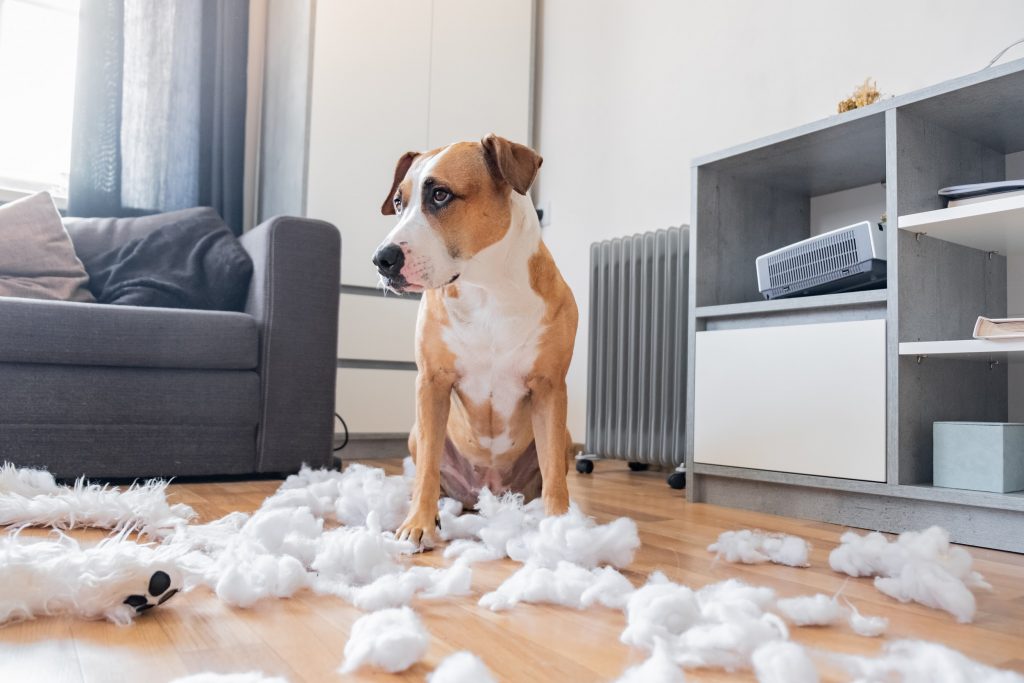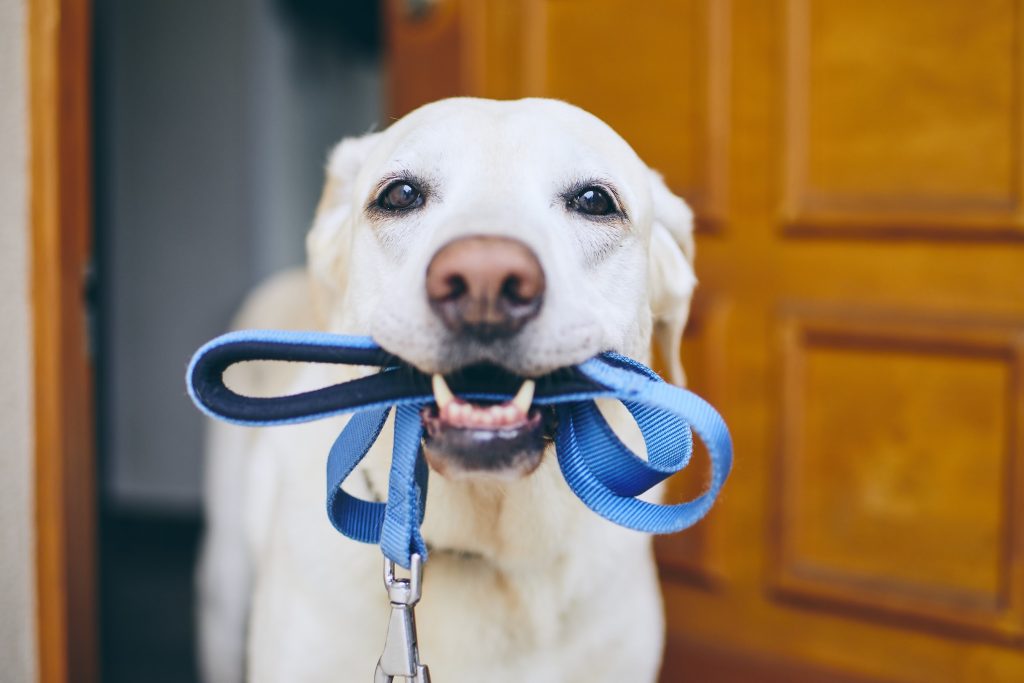How to Dog-Proof Your House

Sharing your home with your furry four-legged friend of the dog kind is a joy. However, if you don’t take measures to dog-proof your home, the relationship between you and your dog could soon turn sour. Worse still, if you’re not vigilant in dog-proofing your house, your dog could get injured or even die.
That’s why we’re going to show you how to dog-proof your house. Let’s get to it, shall we?
Have a Secure Pet Door
One of the first steps to ensuring that your house is dog-proof is to install a pet door.
Pet doors are an essential part of making your house and backyard accessible to your dog. Because your dog can go out and come in without your help, it makes life easier for both of you. If you want to control your pet’s movements, you can install an electronic pet door.
Cover Power Strips and Outlets
Especially if you have a puppy, covering your power strips and outlets is a must. Failure to do so could lead to your dog playing with them, as they look like the perfect chew toys. Of course, the result will be electrocution. This could lead to burns in the mouth or more complicated after-effects like fluid accumulating in the lungs or high blood pressure.
FYI, electrocution from chewing on a power strip is the most common type of electrical injury for pets, so make sure to either keep your electric cords as short as possible. If you must use a long cord, secure it to the baseboards to discourage your dog from chewing it.
Keep Toxic Foods Out of Reach
If there’s one thing dogs love, it’s chewing on things. That’s why a precaution you must take as you dog-proof your home is to keep toxic food out of your dog’s reach. Examples of such poisonous foods include:
- Chocolate
- Macadamia nuts
- Onions
- Avocado
- Alcohol
- Artificial sweeteners
You must know the types of foods that could poison your dog and keep them out of reach.
Cover Trash Cans
You may find your trash disgusting, but, to your dog, it provides intriguing smells that just have to be investigated. Unfortunately, however, the investigation will most likely include nibbling on a few interesting tidbits. It’s those very tidbits that pose a danger to your dog, as he or she could eat one of the toxic foods mentioned above. Other hazards include eating something that could cause an obstruction or even getting their head stuck in a bag and suffocating.
Lock Up Medications and Cleaning Supplies
What may be medicine to you is a health hazard for your dog. That’s why you must lock up all your medications and ensure that your dog can’t get to them. The same applies to your cleaning supplies. Make sure they are out of reach or stored securely, as they could easily lead to accidental poisoning.
Get Rid of Toxic Houseplants
As much as houseplants help create a pleasant atmosphere in your home, some of them are harmful to your pet. Plants like Sago Palms, Cyclamen, Autumn Crocus, and many more can have adverse effects on your pet’s health when ingested. Know which plants are safe to have around your pet and which are not. If you’ve got toxic houseplants, it’s best to get rid of them.
Keep Batteries, Remotes, and Key Fobs Out of Reach

Batteries, remote controls, key fobs, electronic toys, and other small electrical devices are dangerous to dogs, as they are easy to swallow or have small pieces that your dog can swallow. Not only can they cause obstructions, but items like batteries can burn the soft tissue in your dog’s oesophagus.
Dog-Proofing Your Home – It’s Not an Option
You must know how to dog-proof your house if you’re to keep your pet safe. It’s not something you can choose to do or not to do—it’s not an option.
Remember, the first step to dog-proofing your house is controlling their movements in and out of your home. This is something you can do with a pet door. If you haven’t installed one yet or need to replace your old one, browse our selection and take your pick, or simply give us a call on +61-437-644-330, and we’ll be glad to help you get your house dog-proof.
Source:
